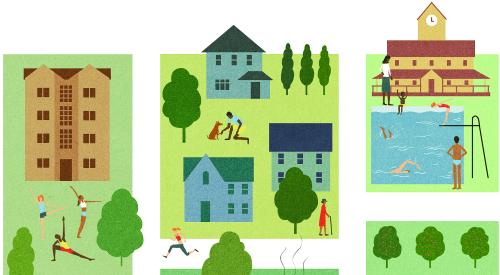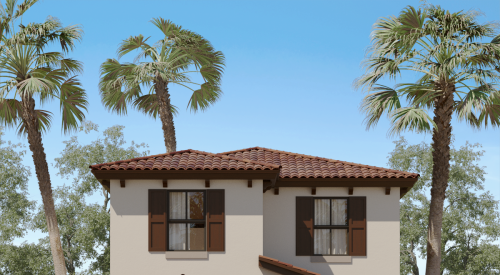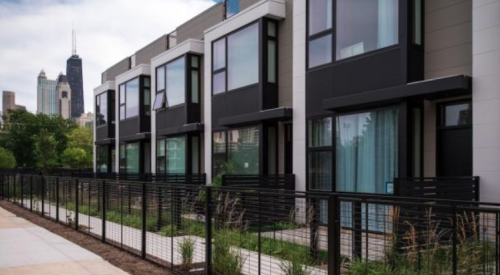The “generation gap” is an idea that gained popularity in the 1960s, though it could be argued that awareness of it arose about the time that the concept of adolescence was created, at the beginning of the 20th century. Much is made of the divide between Boomers and their Gen-Y offspring, yet most of the differences cited involve technology and popular culture—rather than politics and social mores, as they did a half-century ago. Your kids text; you’re more apt to make a phone call. You might still go to the movies; your grandkids stream their favorite web series on a smartphone.
This month we take a look at similarities between the generations and examine how they can be leveraged in new-home marketing. “The Beginner-Boomer Confluence” examines the preferences of Boomers and so-called echo Boomers and finds that, though they’re in decidedly different phases of life, the two generations share needs and preferences that overlap in striking ways. More importantly, the home building solutions that are compelling to those at both ends of the spectrum bode well for enduring and practical new-home design.
We hear a lot about an oncoming gray wave, but this past spring, it was noted that the 75.4 million echo Boomers, or Millennials, now account for more than 25 percent of the U.S. population, surpassing some 74.9 million Boomers. That Millennial generation will continue to surge for the next two decades, spiking to 81.1 million by 2036. As you’ll read, marketing new homes to Boomers and echo Boomers involves new models as well as embracing some ideas from the last century that are being reinvented.
In your quest to create new and appealing places to live, you likely hear lots about community and sense of place. Much attention is paid to landscaping, walking trails, and curb appeal. They’re all important. But senior editor Susan Bady talked to builders and designers who chose an inward focus for recent, successful projects. That type of emphasis results in a stronger connection to other components within a project.
Focusing inward doesn’t mean turning your back on what’s outward, but it does mean creating a cohesive enclave. At a moment when ‘A’ locations are pricey, land is scarce, and building on infill lots often means making the best of less-than-ideal surroundings, the inside-out approach has applications for a wide range of projects. It’s not a one-size-fits all proposition though, and you’ll hear from builders and developers about the contexts in which it makes the most sense.












